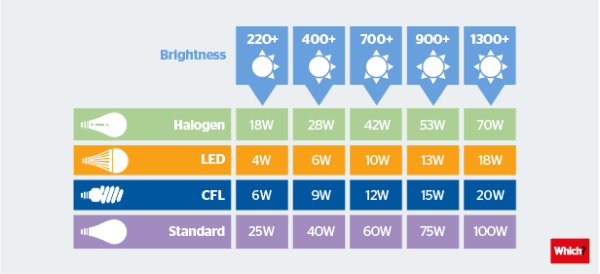Ge Brightness Vs Iso Brightness
How white is white? Different levels of whiteness and brightness are used when classifying papers, but brightness and whiteness are not the same. Both affect the images printed on the paper, especially the vibrancy of the colors.
Measuring Paper Brightness
Dec 22, 2014 There has always been confusion about what brightness is in the paper industry. Constant questions arise about different versions of brightness including diffuse, directional, TAPPI, GE, ISO, D65 Many previous blog posts and two articles from Technidyne Corporation do a good job of explaining these differences. Types of Brightness. Two types of Diffuse brightness are commonly discussed, and a standard exists for both of them. ISO C Brightness (ISO 2470-1, TAPPI 525) uses Illuminant C level of UV energy. It was selected as the best approximation of normal office lighting conditions. ISO D65 Brightness uses Illuminant D65 (daylight).
Brightness measures the reflectance of a specific wavelength of blue light—457 nanometers. The brightness of a piece of paper is typically expressed on a scale of 1 to 100 with 100 being the brightest. The multipurpose bond paper used in copy machines and desktop printers generally has a paper brightness in the 80s. Photo papers are normally in the mid to high 90s. Paper rated in the 90s reflects more light than paper rated in the 80s, which makes it appear brighter. The higher the number, the brighter the paper. However, manufacturers often use terms such as 'bright white' or 'ultrabright' instead of numbers. These labels can be deceiving and not truly indicative of the brightness or whiteness of the paper.
Measuring Paper Whiteness
Where brightness measures the reflection of a specific wavelength of light, whiteness measures the reflection of all wavelengths of light in the visible spectrum. Whiteness also uses a 1 to 100 scale. The higher the number, the whiter the paper.


Individually, white papers may all appear quite white, but when placed side by side, white papers show a range of colors from bright cool white to a softer, warm white. For ordinary usage, the best measure of paper whiteness is your eye and the appearance of your image on the paper.
Brightness and Whiteness Affect Image Color
The brighter and whiter the paper, the brighter and lighter the images that are printed on it. Colors on less bright papers are noticeably darker. For the most part, images on bright white paper have more vibrant colors. However, some light colors in an image can appear washed out on the whitest papers.
Paper Brightness and Finishes
Photos appear brighter and colors clearer on inkjet photo papers with high paper brightness ratings. With matte finish papers, a high paper brightness can make a greater difference than it does among gloss or glazed finish papers of varying paper brightness.
Ge Brightness Vs Iso Brightness Chart
Eye vs. Paper Brightness Rating
Ge Brightness Vs Iso Brightness Test
Even when the paper manufacturer supplies a paper brightness rating, the true test is how your images print on that piece of paper with your particular printer. Before making a sizable investment in a specific type of paper, print some images on in-store printers like your own, ask for paper samples to try at home, or ask your commercial printer or paper supplier for samples printed on paper you are considering.